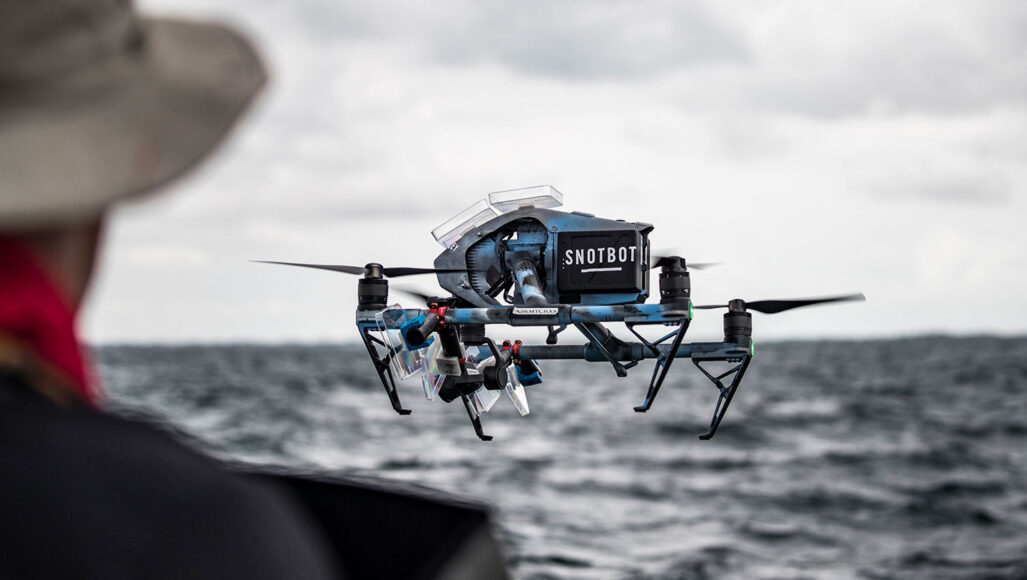Questions for ‘These flying robots protect endangered wildlife’

Got whale boogers? SnotBot the drone does! Scientists fly it through plumes of whale blow to collect samples. The drone also takes photos and videos. Around the world, researchers are using drones to help study and protect animal populations.
Christian Miller, Ocean Alliance Inc.